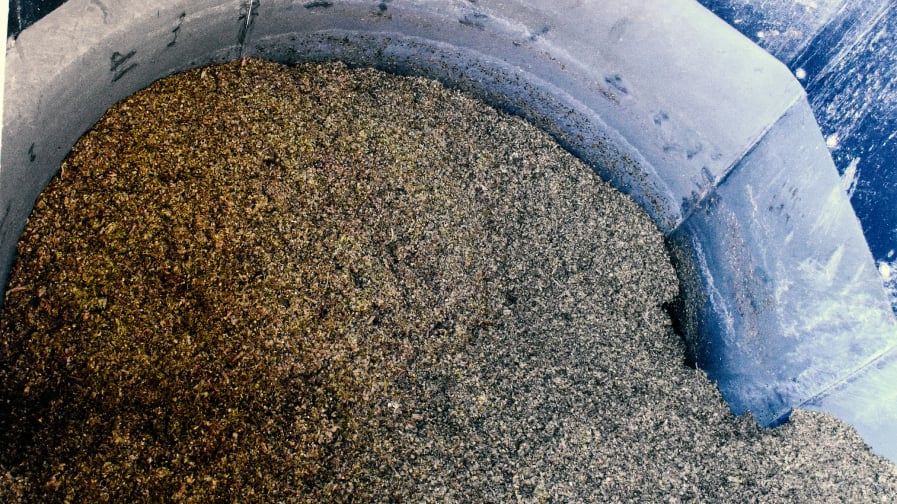Why isn’t factory farm gas the solution to the industry’s waste problem?
Published Sep 21, 2024

Agribusiness corporations are profiting from their climate pollution by producing and selling factory farm gas, greenwashed as “biogas.” Anaerobic digesters break down manure and other organic materials, creating a gas byproduct composed primarily of methane and carbon dioxide (CO2) that can be used directly to produce electricity or heat, or “upgraded” for use as a transportation fuel.1 International Energy Agency. “Outlook for Biogas and Biomethane: Prospects for Organic Growth.” March 2020 at 13 to 17. Even if the technology were as efficient as the industry claims, it does nothing to address methane from enteric fermentation, the digestive process of cattle responsible for three times as many methane emissions than manure management in the U.S.2U.S. Environmental Protection Agency (EPA). “Methane Emissions in the United States: Sources, Solutions & Opportunities for Reductions.” May 23, 2019 at 4 and 17 to 18; Food & Agriculture Organization of the United Nations. “Livestock and enteric methane.” Available at https://www.fao.org/in-action/enteric-methane/background/en. Accessed February 2023; Lazenby, Ruthie. “Rethinking Manure Biogas: Policy Considerations to Promote Equity and Protect the Climate and Environment.” Vermont Law & Graduate School. Center for Agriculture and Food Systems. August 2022 at 25.
Moreover, digesters exacerbate existing environmental injustices. They can release air pollutants like NOx and sulfur dioxide, which contribute to respiratory illness as well as smog and haze formation, respectively.3Paolini, Valerio et al. “Environmental impact of biogas: A short review of current knowledge.” Journal of Environmental Science and Health, Part A. Vol. 53. 2018 at 899 and 901; EPA. [Presentation]. “Overview of the Human Health and Environmental Effects of Power Generation: Focus on Sulfur Dioxide (SO2), Nitrogen Oxides (NOX) and Mercury (Hg).” June 2002 at 5. Available at https://archive.epa.gov/clearskies/web/pdf/overview.pdf. Digesters also do not erase livestock manure, which still needs to be disposed of (often on land); in fact, the use of digesters can enhance the ability of the waste to pollute water sources with nutrients like phosphorus and nitrogen.4USDA. Natural Resources Conservation Service. Conservation Practice Standard: Anaerobic Digester (Code 366). 366-CPS-1. October 2017 at 6. Finally, the end product — factory farm gas — remains a dirty energy source that releases the same pollutants as fossil fuels when combusted.5Gittelson (2022) at 355.
On-farm digesters are prohibitively expensive for all but large factory farms, and they are often subsidized through significant public funding.6Cowley, Cortney and B. Wade Brorsen. “Anaerobic digester production and cost functions.” Ecological Economics. Vol. 152. October 2018 at 347 to 348 and 353 to 356. Programs like California’s Low Carbon Fuel Standard gives fuels made from factory farm gas the lowest (and most lucrative) carbon intensity; this puts a premium on manure that can drive factory farm expansion, doubling down on pollutants plaguing over-burdened communities.7CARB. “Low Carbon Fuel Standard: About.” Available at https://ww2.arb.ca.gov/our-work/programs/low-carbon-fuel-standard/about. Accessed February 2023 and on file with FWW; Whitfield, Derrick et al. Stifel Equity Research. “Energy & Power — Biofuels: Renewable Natural Gas.” March 8, 2021 at 11; Friends of the Earth and Socially Responsible Agriculture Project. “Biogas or Bull****? The Deceptive Promise of Manure Biogas as a Methane Solution.” 2024 at 27 to 31.
Endnotes


